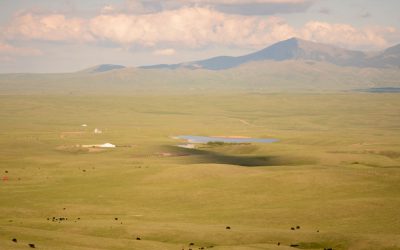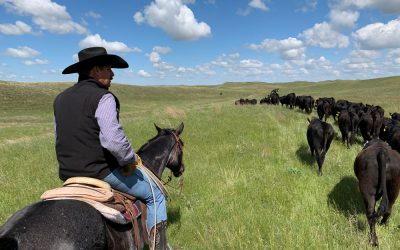
Following the calves: The herd-changer
On a 10-degree morning in central Nebraska, Virginia Evert may ask herself why her fitness routine involves bucket feeding heifers rather than working out in a gym.
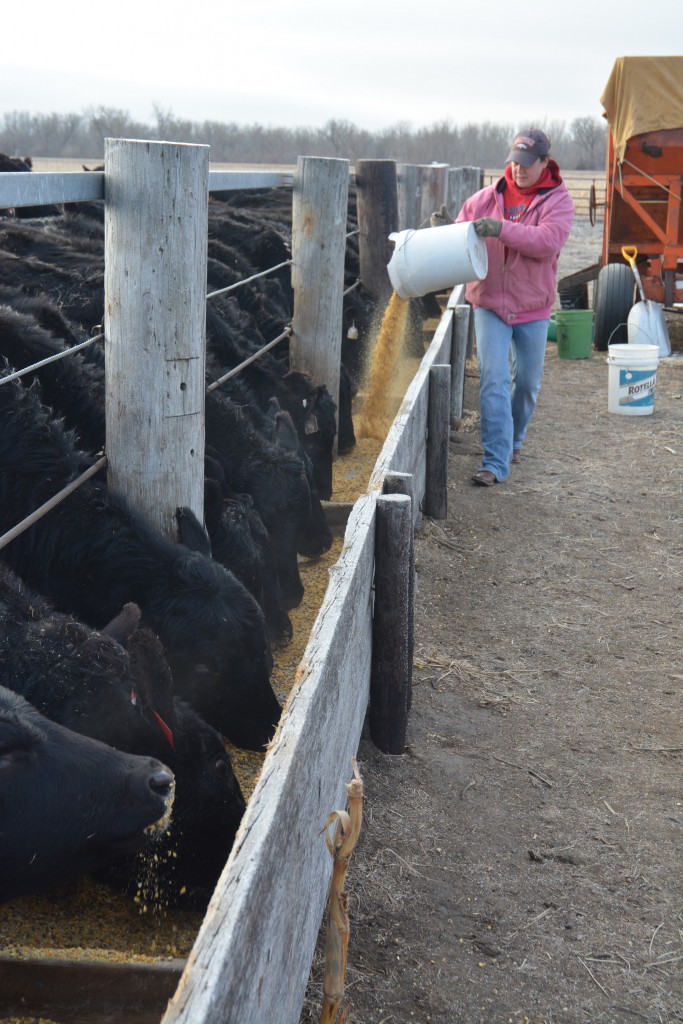
Trading a career in personal training for ranching was not the original plan, but the stepping stone between the two turned out to be a herd-changer for the Evert family near Brady, Neb.
Last fall, I introduced you to Brandon and Virginia, Kirk and Rachael. The cousins and business partners, whose story seems to illustrate one of my grandma’s favorite phrases: “Things will work out the way they’re supposed to.”
When Virginia married Brandon in 2002 she soon found herself covering for a gal on maternity leave at the local vet clinic. Nearly a decade later she left Eastside Animal Clinic with practical, on-the-job training that would rival any vet tech program.
“I learned from other people’s mistakes, or I’d get ideas from other people’s herds,” Virginia says, noting she’d make mental notes of everything from working facilities and record keeping.
Has the family been able to apply those lessons to their own herd?
From their feeder to their veterinarian (not coincidentally, Virginia’s former employer) the resounding, enthusiastic answer is, “YES!”
Although the vaccination program has changed, Dr. Randy Burge suggests animal disposition, handling and nutrition play an even bigger role.
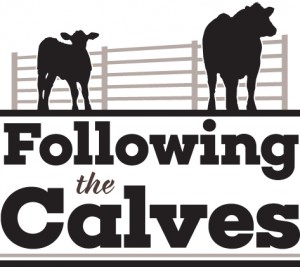 “They gentled the cattle down and that’s benefited the cattle and the health,” he says, noting that stress (and thus increased cortisol levels) does not mix well with shots. “The way they’re handled has a lot to do with how they respond to vaccines.”
“They gentled the cattle down and that’s benefited the cattle and the health,” he says, noting that stress (and thus increased cortisol levels) does not mix well with shots. “The way they’re handled has a lot to do with how they respond to vaccines.”
Rachael also diverted career plans by way of marriage, and brings a second “outsider” perspective to the whole herd routine.
“I’m still pretty new at this. I’m learning every day,” she says.
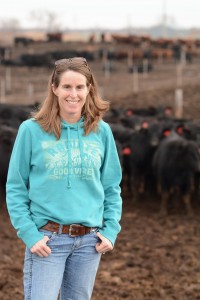
Mixing innovation with history, the tale just keeps getting better.
I stopped into Will Feed a few weeks ago to check on the steer calves, 57 days into the feeding period, inching up to a full finishing ration, and projected to go to harvest in mid-May.
Feeder Anne Burkholder talked about the cattle like a coach bragging on her team.
“They’re doing really, really well,” she says, sharing stats to prove it: When it comes to sickness, the average for “bawling calves” weaned into the yard this fall is just above 10% pulls. Anne has only had to treat five of Everts steers calves, or 3.92%.
Four years ago, the mid-feeding report included death loss and a higher-than-average pull rate. The quick turnaround has been a true partnership between the calf supplier and buyer.
“They have faith that we’re trying our best,” Anne says. “That’s not to say we never have problems, but they’ll say, ‘Maybe it’s not just you.’”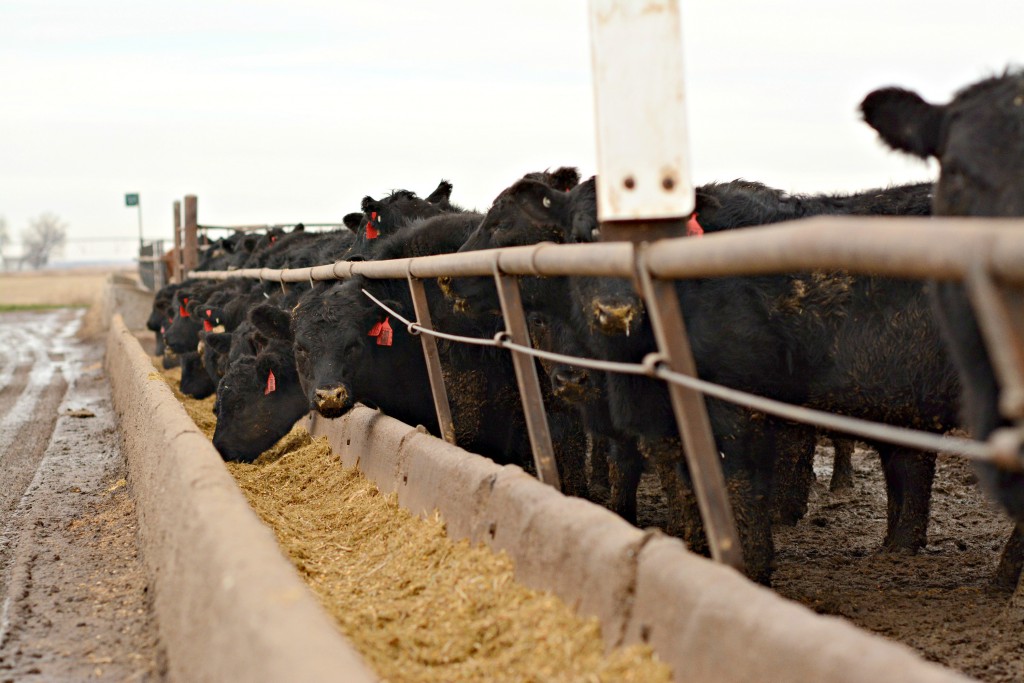 They also notched up cow nutrition.
They also notched up cow nutrition.
“They are selling me a lot more pounds in the same timeframe,” the cattle feeder says. “It costs them more, but I believe it pays dividends, too.”
There’s a lot connected to a cow’s condition score.
“That’s huge,” Randy says. “Paying more attention to nutrition improves the quality of the colostrum.”
Even if the market isn’t up, the expectations are. The cattle made 44% Certified Angus Beef ® (CAB) brand last year.
“They’re very open to working with us,” Randy says.
And to that I say, “Amen.”
The next installment of the Evert story will take you to heifer selection and share more on the nutrition front. When I visited the ranchers this week to grab more pictures, the wind chill was just above zero and yet I could tell they meant it when they said, “Happy to help!”
May your bottom line be filled with black ink,
Miranda
PS–To catch up on this story, read “Everything Evert” and “A success story in the making” and “Decisions, decisions.”
Learn more about our entire “Following the Calves series” here, and read about the herds we’re tracking in Florida and Arizona, too.
You may also like
Beefed up findings
Frank Mitloehner presents his findings on the animal ag sector’s impact on global warming. He explains how cattle counterbalance other fossil fuel sectors, proving that cattle are a solution and not a threat.
This too shall pass
There are no words that will take away the devastating slap of a market drop, the pain of a postponed bull sale or the exhausting frustration that things feel out of control. The page will eventually turn and the world will still need great beef and those who raise it.
Speaking of meat
CAB chefs and meat scientists are so good at sharing their know-how that a whole range of listeners will sign on from city streets to ranch sand hills and beyond. Now find their expertise in their new podcast “Meat Speak”.


